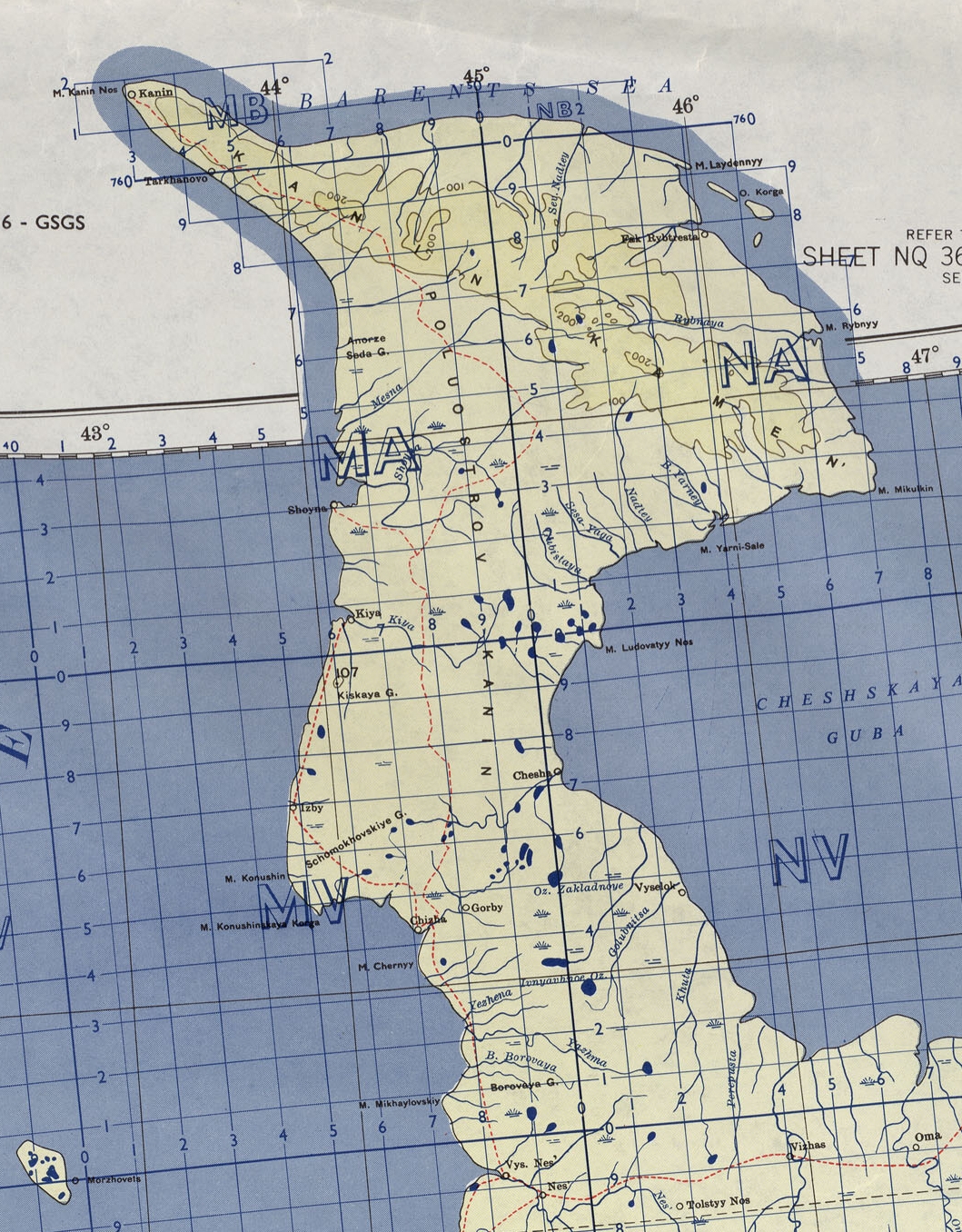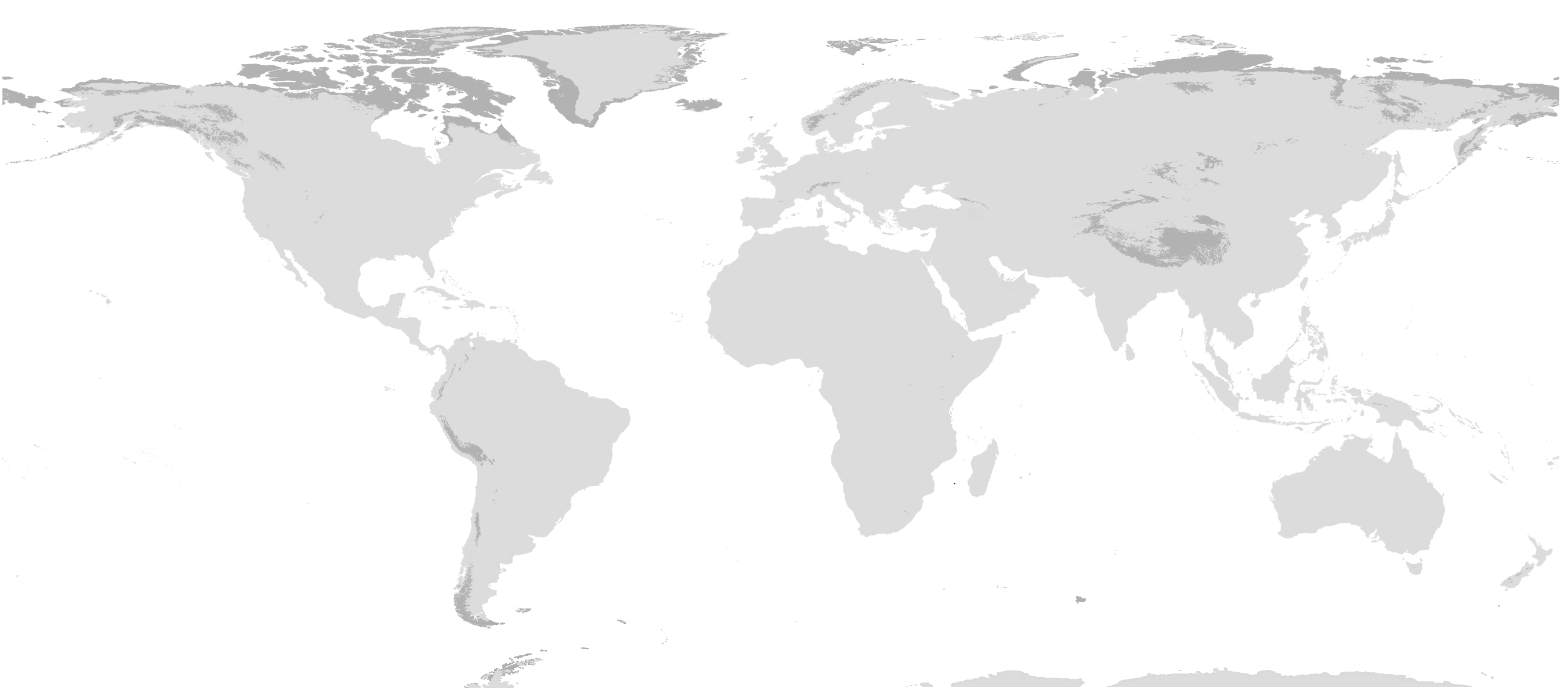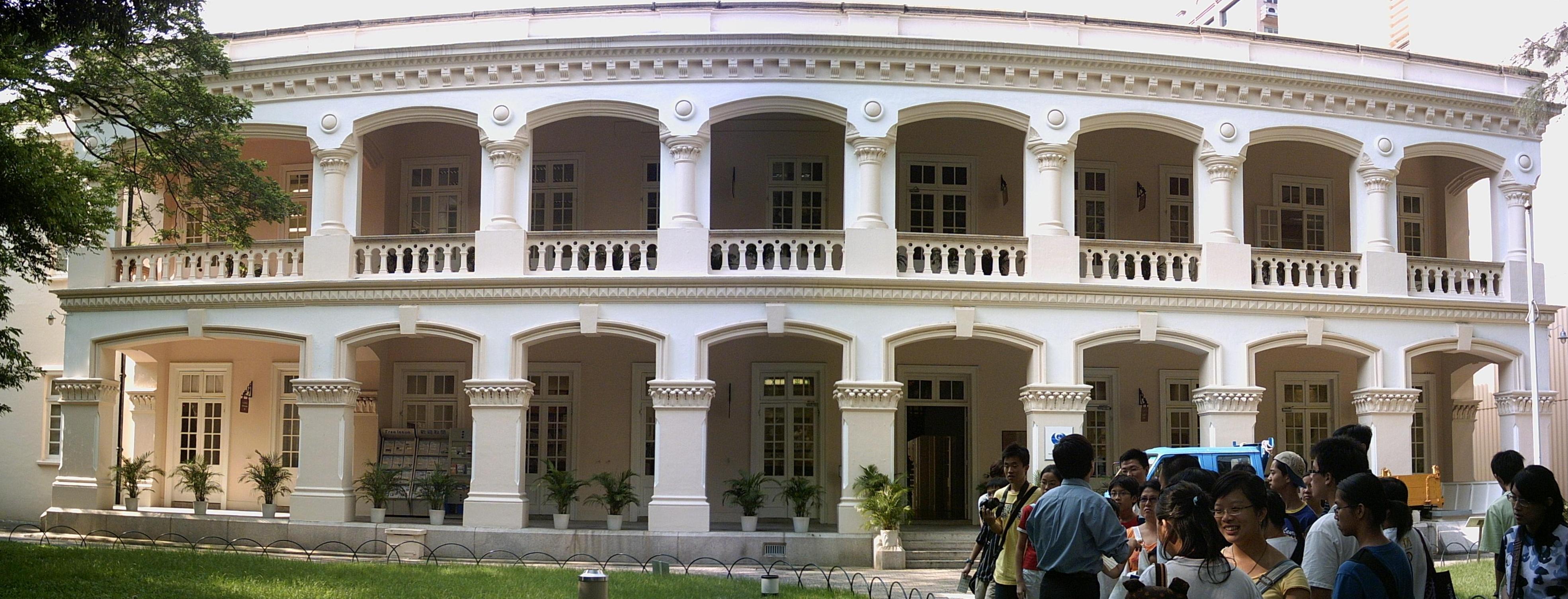|
Cape Kanin
The Kanin Peninsula () is a large peninsula in Nenets Autonomous Okrug, Russia. It is surrounded by the White Sea to the west and by the Barents Sea to the north and east. Shoyna is one of the few communities on the peninsula. Fauna For cetaceans, beluga whales are most commonly found. Male sperm whales are known to occur as well. Butterflies There are 29 butterfly species in the forest-tundra and 14 species in the hypoarctic tundra. The data on the fauna and distribution of species in the forest-tundra of the Kanin Peninsula are generally typical of this natural zone. The most abundant species are ''Erebia disa'', ''Oeneis norna'', ''Clossiana freija'', ''Pieris napi'', and ''Vacciniina optilete''. The dominant species in southern tundra localities are ''Erebia euryale'', ''Erebia pandrose'', and '' Boloria aquilonaris'', which coincides with the result of the 1903 research. A high abundance of ''E. pandrose'' is a specific feature of the northern part of the Kanin Peninsula an ... [...More Info...] [...Related Items...] OR: [Wikipedia] [Google] [Baidu] |
Nenets Autonomous Okrug
The Nenets Autonomous Okrug (russian: Не́нецкий автоно́мный о́круг; Nenets languages, Nenets: Ненёцие автономной ӈокрук, ''Nenjocije awtonomnoj ŋokruk'') is a federal subjects of Russia, federal subject of Russia and an autonomous okrugs of Russia, autonomous okrug of Arkhangelsk Oblast. Its administrative center is the types of inhabited localities in Russia, town of Naryan-Mar. It has an area of and a population of 42,090 as of the Russian Census (2010), 2010 Census, making it the List of federal subjects of Russia by population, least populous federal subject. A plan to merge the autonomous okrug with Arkhangelsk Oblast was presented by the governors of both federal subjects on 13 May 2020, with a referendum planned for September, but was met with opposition by locals, leading to the merger process being scrapped completely. Geography The arctic ecology of this area has a number of unique features derived from the extrem ... [...More Info...] [...Related Items...] OR: [Wikipedia] [Google] [Baidu] |
Pieris Napi
The green-veined white (''Pieris napi'') is a butterfly of the family Pieridae. Appearance and distribution A circumboreal species widespread across Europe and Asia, including the Indian subcontinent, Japan, the Maghreb and North America. It is found in meadows, hedgerows and woodland glades but not as often in gardens and parks like its close relatives the large and small whites, for which it is often mistaken. Like other "white" butterflies, the sexes differ. The female has two spots on each forewing, the male only one. The veins on the wings of the female are usually more heavily marked. The underside hindwings are pale yellow with the veins highlighted by black scales giving a greenish tint, hence green-veined white. Unlike the large and small whites, it rarely chooses garden cabbages to lay its eggs on, preferring wild crucifers. Males emit a sex pheromone that is perceptible to humans, citral, the basic flavor-imparting component of lemon peel oil. Some authors consider th ... [...More Info...] [...Related Items...] OR: [Wikipedia] [Google] [Baidu] |
Köppen Dfc
The subarctic climate (also called subpolar climate, or boreal climate) is a climate with long, cold (often very cold) winters, and short, warm to cool summers. It is found on large landmasses, often away from the moderating effects of an ocean, generally at latitudes from 50° to 70°N, poleward of the humid continental climates. Subarctic or boreal climates are the source regions for the cold air that affects temperate latitudes to the south in winter. These climates represent Köppen climate classification ''Dfc'', ''Dwc'', ''Dsc'', ''Dfd'', ''Dwd'' and ''Dsd''. Description This type of climate offers some of the most extreme seasonal temperature variations found on the planet: in winter, temperatures can drop to below and in summer, the temperature may exceed . However, the summers are short; no more than three months of the year (but at least one month) must have a 24-hour average temperature of at least to fall into this category of climate, and the coldest month should ave ... [...More Info...] [...Related Items...] OR: [Wikipedia] [Google] [Baidu] |
Tundra Climate
The tundra climate is a polar climate sub-type located in high latitudes and high mountains. undra climate https://www.britannica.com/science/tundra-climateThe Editors of Encyclopaedia Britannica, 2019 It is classified as ET according to Köppen climate classification. It is a climate which at least one month has an average temperature high enough to melt snow (), but no month with an average temperature in excess of . Despite the potential diversity of climates in the ''ET'' category involving precipitation, extreme temperatures, and relative wet and dry seasons, this category is rarely subdivided. Rainfall and snowfall are generally slight due to the low vapor pressure of water in the chilly atmosphere, but as a rule potential evapotranspiration is extremely low, allowing soggy terrain of swamps and bogs even in places that get precipitation typical of deserts of lower and middle latitudes. The amount of native tundra biomass depends more on the local temperature than the amoun ... [...More Info...] [...Related Items...] OR: [Wikipedia] [Google] [Baidu] |
Hong Kong Observatory
The Hong Kong Observatory is a weather forecast agency of the government of Hong Kong. The Observatory forecasts the weather and issues warnings on weather-related hazards. It also monitors and makes assessments on radiation levels in Hong Kong and provides other meteorological and geophysical services to meet the needs of the public and the shipping, aviation, industrial and engineering sectors. Overview The Observatory was established on 2 March 1883 as the Hong Kong Observatory by Sir George Bowen, the 9th Governor of Hong Kong, with (1852–1941) as its first director. Early operations included meteorological and magnetic observations, a time service based on astronomical observations and a tropical cyclone warning service. The Observatory was renamed the Royal Observatory Hong Kong () after obtaining a Royal Charter in 1912. The Observatory adopted the current name and emblem in 1997 after the Handover of Hong Kong, transfer of Hong Kong's sovereignty from the UK ... [...More Info...] [...Related Items...] OR: [Wikipedia] [Google] [Baidu] |
Fennoscandia
__NOTOC__ Fennoscandia (Finnish language, Finnish, Swedish language, Swedish and no, Fennoskandia, nocat=1; russian: Фенноскандия, Fennoskandiya) or the Fennoscandian Peninsula is the geographical peninsula in Europe, which includes the Scandinavian Peninsula, Scandinavian and Kola Peninsula, Kola peninsulas, mainland Finland, and Karelia. Administratively this roughly encompasses the mainlands of Finland, Norway and Sweden, as well as Murmansk Oblast, much of the Republic of Karelia, and parts of northern Leningrad Oblast in Russia. Its name comes from the Latin words ''Fennia'' (Finland) and ''Scandia'' (Scandinavian). The term was first used by the Finnish geologist Wilhelm Ramsay in 1898. Geologically, the area is distinct because its bedrock is Archean granite and gneiss with very little limestone, in contrast to adjacent areas in Europe. The similar term Fenno-Scandinavia is sometimes used as a synonym for Fennoscandia. Both terms are sometimes used in Englis ... [...More Info...] [...Related Items...] OR: [Wikipedia] [Google] [Baidu] |
Boloria Aquilonaris
''Boloria aquilonaris'', the cranberry fritillary, is a butterfly of the family Nymphalidae. It is found in northern and central Europe. at Markku Savela's ''Lepidoptera and Some Other Life Forms'' Description The is 34–40 mm. Upperside orange with brown basal suffusion and adorned with various marks of brown colour, submarginal round spots and lines forming festoons. The underside of the forewing is lighter and more coloured, that of the hindwing reddish and presenting silver spots.Biology The butterfly flies from June to August depending on the location. The larvae feed on < ...[...More Info...] [...Related Items...] OR: [Wikipedia] [Google] [Baidu] |
Erebia Pandrose
''Erebia pandrose'', the dewy ringlet, is a member of the subfamily Satyrinae of the family Nymphalidae . It is found from the Arctic areas of northern Europe, the Pyrenees, Alps, the Apennine Mountains, the Carpathian Mountains, Kola Peninsula and Kanin Peninsula, part of the Ural and the Altai and Sayan Mountains up to Mongolia. The wingspan is 30–38 mm. The forewing upperside ground colour is brown adorned with an orange postmedian band interspersed by the veins and marked with a line of blind black ocelli. The hind wing upperside has line of discrete orange spots each centered with a blind black ocella . The underside of the forewings is copper orange with a line of blind black ocelli, the hindwing undersides are mottled beige grey and brown with a lighter broad band. Description in Seitz ''E. lappona'' Esp. (= ''manto'' Frr., ''zilia'' Bkh.) (37 i). Upperside of both wings black-brown, somewhat glossy, the ground-colour of the female lighter, more grey-brown. The f ... [...More Info...] [...Related Items...] OR: [Wikipedia] [Google] [Baidu] |
Erebia Euryale
''Erebia euryale'', the large ringlet, is a species of butterfly belonging to the family Nymphalidae. Subspecies Subspecies include:"''Erebia'' Dalman, 1816" at Markku Savela's ''Lepidoptera and Some Other Life Forms'' * ''Erebia euryale adyte'' Hübner, 1822 (central and southern Alps, Swiss Jura and parts of Abruzzo) * ''Erebia euryale etobyma'' Fruhstorfer, 1910 * ''Erebia euryale euryale'' (Esper, 1805) (northern Alps) * ''Erebia euryale huebneri'' Oberthür, 1912 * ''Erebia euryale isarica'' Heyne, 1895 (northern Alps, Switzerland, France) * ''Erebia euryale ocellaris'' Staudinger, 1861 (eastern and southern Alps) * ''Erebia euryale syrmia'' Fruhstorfer, 1909 [...More Info...] [...Related Items...] OR: [Wikipedia] [Google] [Baidu] |
Vacciniina Optilete
''Agriades optilete'', the cranberry blue, is a butterfly of the family Lycaenidae. It is found in north eastern Europe, the Alps, North Asia, Japan, Korea and north western North America. The length of the forewings is about 14 mm. The butterfly flies from June to August depending on the location. The larvae feed on ''Vaccinium oxycoccos'', ''Empetrum nigrum'', bilberry and other cranberry and ''Empetrum'' species. Description from Seitz L. optilete Knoch (79 b). This species is quite out of place in the present group of ''Lycaena'' in characters as well as habits, and would be much better placed in a later group than here where it stands in Staudinger-Rebel's Catalogue. Both wings very broad and their outer margins strongly rounded. Male above very dull dark violet-blue, sometimes with a broader black margin, sometimes without black margin. In the female only the basal half of the upperside is dusted with glossy blue scales. Underside dirty dust-grey, the ocelli very lar ... [...More Info...] [...Related Items...] OR: [Wikipedia] [Google] [Baidu] |
Clossiana Freija
''Boloria freija'', the Freija fritillary, is a butterfly of the family Nymphalidae with a circumboreal distribution. It occurs in bogs and tundra. Its range includes Northern Europe to the north of 60° N, occasionally more southern locations, the Urals, Siberia, the Russian Far East, mountains of northern Mongolia and Hokkaido, as well as North America, extending in the Rocky Mountains to 35° N.Львовский А.Л., Моргун Д.В. 2007. Булавоусые чешуекрылые Восточной Европы. Москва: КМК. . p. 323-324.Tolman, Tom & Richard Lewington. 1997. ''Butterflies of Britain and Europe. Field Guide.'' London: Collins. . Description ''A. freija'' Thnbg. (— ''lapponica'' Esp., ''tullia'' O., ''freya'' Godt.) (68c). Upperside almost exactly as in '' dia'', the size also being the same. The hindwing beneath resembles that of '' chariclea'', but is more variegated, with a distinct silvery white band between the central and marginal ... [...More Info...] [...Related Items...] OR: [Wikipedia] [Google] [Baidu] |
White Sea
The White Sea (russian: Белое море, ''Béloye móre''; Karelian and fi, Vienanmeri, lit. Dvina Sea; yrk, Сэрако ямʼ, ''Serako yam'') is a southern inlet of the Barents Sea located on the northwest coast of Russia. It is surrounded by Karelia to the west, the Kola Peninsula to the north, and the Kanin Peninsula to the northeast. The whole of the White Sea is under Russian sovereignty and considered to be part of the internal waters of Russia.A. D. Dobrovolskyi and B. S. Zalogi"Seas of USSR. White Sea" Moscow University (1982) (in Russian) Administratively, it is divided between Arkhangelsk and Murmansk oblasts and the Republic of Karelia. The major port of Arkhangelsk is located on the White Sea. For much of Russia's history this was Russia's main centre of international maritime trade, conducted by the Pomors ("seaside settlers") from Kholmogory. In the modern era it became an important Soviet naval and submarine base. The White Sea–Baltic Canal connec ... [...More Info...] [...Related Items...] OR: [Wikipedia] [Google] [Baidu] |





